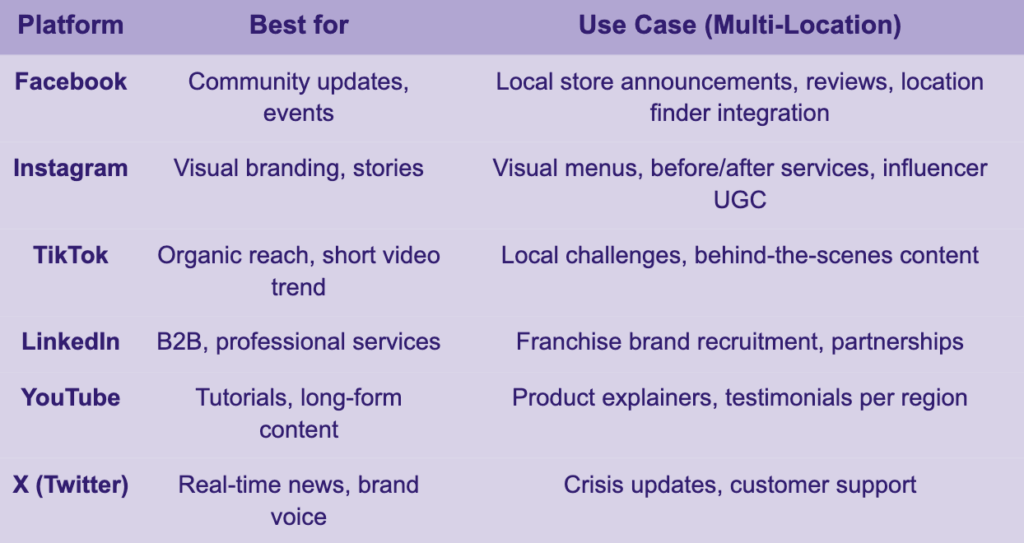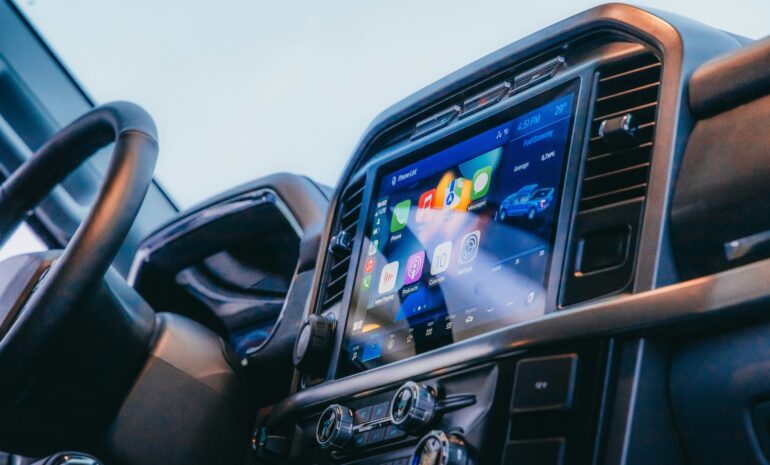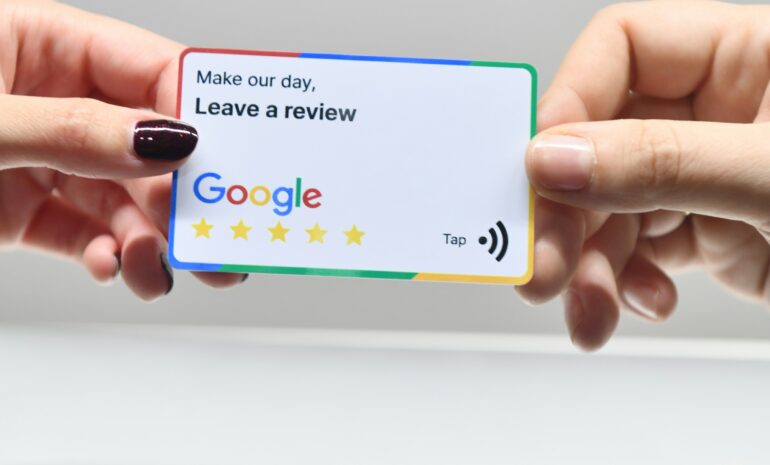If you’re a SaaS SEO provider working with multi-location brands, your job doesn’t stop at search engines. In 2025, digital visibility means showing up where customers spend most of their time, and that includes social media. That’s where SMO (Social Media Optimization) comes in.
While SEO focuses on search engines like Google, SMO optimizes a brand’s presence across social platforms to drive engagement, traffic, and ultimately, conversions. And for SaaS platforms serving hundreds or thousands of business locations, getting SMO right can mean more consistency, better brand lift, and a more measurable ROI from social channels.
What Is SMO (Social Media Optimization)?
SMO is the process of strategically optimizing your brand’s content, profile data, and engagement patterns across social media platforms. Think of it as the SEO of the social layer. It ensures your content is discoverable, engaging, and aligned with platform-specific algorithms.
It includes:
- Optimizing business profiles for searchability
- Using consistent NAP (Name, Address, Phone Number) data
- Leveraging hashtags, geotags, and keywords
- Publishing content formats native to each platform (e.g., Reels for Instagram, Shorts for YouTube)
- Encouraging user interaction: shares, comments, DMs, saves
- Integrating analytics to guide posting times and content type decisions
For multi-location brands, SMO also involves maintaining consistency across dozens or hundreds of profiles, each of which might need tailored messaging based on local events, store hours, or region-specific promotions.
Why SMO Matters for Multi-Location SEO Providers
You might be thinking: we already handle search optimization. Isn’t that enough?
Social signals like engagement, traffic, and brand mentions can influence SEO performance. Platforms like Google are increasingly integrating real-time signals from social into their understanding of brand authority and user intent.
Moreover:
- Social platforms act as discovery engines. Platforms like TikTok and Instagram are being used more frequently for local search than traditional search engines by Gen Z and Millennial audiences.
- Verified, optimized profiles improve trust signals across the web and contribute to entity recognition in AI search models.
- Content shared on social can earn backlinks or citations, driving additional SEO benefits.
- Multi-location businesses benefit from localized engagement, reviews, and user-generated content—which feed both SMO and SEO pipelines.
How to Approach SMO Strategically
- Audit Every Location’s Presence
Start by running a profile audit across major platforms like Facebook, Instagram, Google Business Profiles, TikTok, X and LinkedIn. For each business location, check:
- Consistency in NAP
- Brand voice and visuals
- Local-specific CTAs
- Verification and completeness
- Consistency in NAP
- Build Social Metadata into Listings
If you’re using a Listings API like Local Data Exchange, you can include social profile fields in your publisher data. This makes it easier to track, manage, and optimize social links from a centralized place. - Use Structured Content Frameworks
Develop templated content calendars that allow for consistent posting across locations while offering flexibility for local events or promotions. Lean on content pillars: promotions, testimonials, team culture, reviews, and community outreach. - Embrace Automation, But Stay Human
Tools like Buffer, Sprout Social, or custom integrations can help automate posts, but always leave room for local human engagement. That’s what boosts your visibility in the algorithm. - Measure What Matters
Don’t get caught chasing likes. Instead, focus on:
- Click-through rates to store pages
- Growth in branded search
- Profile views and directions clicks
- Increase in local UGC (user-generated content)
- Social referral traffic to key pages
- Click-through rates to store pages
Choosing the Right Platforms by Niche
Not every business needs to be on every platform. Here’s a framework to help your SaaS clients prioritize based on their audience and goals:

Let your data guide you, start with 1–2 high ROI platforms per vertical and expand based on engagement.
For SaaS SEO providers supporting multi-location brands, SMO is part of your technical stack. Whether you’re building white-label dashboards or driving insights from thousands of locations, embedding SMO into your strategy amplifies every other marketing layer.
Through API-powered data updates, structured content workflows, and localized engagement strategies, SMO becomes measurable, scalable, and impactful.
Need help integrating your social presence with your local SEO strategy?
🎯 Schedule a strategy sessiohttps://www.localdataexchange.com/#formn to learn how Local Data Exchange can help centralize, optimize, and enhance your brand’s visibility across search and social.


